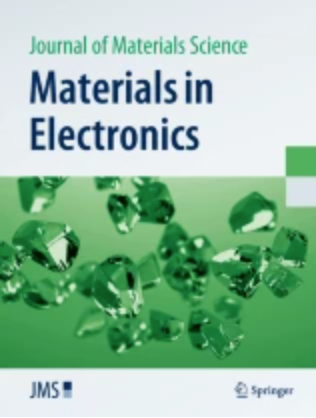Construction and electromagnetic wave absorption properties of polypyrrole encapsulated Ni-MOF nanoflower derivatives
Abstract
Ultrathin and lightweight electromagnetic wave absorption (EMA) materials have gained tremendous research interest due to their potential application value to reduce electromagnetic radiation pollution. Integrated utilization of heterointerface engineering and in situ polymerization have been identified as effective strategies for preparing composite materials with enhanced EMA properties. In this work, Ni/C composite derived from Ni-MOF-74 was chosen as a supportive to direct the in situ polymerization of polypyrrole (PPy) under the guidance of π–π stacking attraction. Owing to the intrinsic magnetoelectric response properties of Ni/C composites, the tunable electrical conductivity of PPy, and the cooperative merits of well-tuned impedance matching, all the synthesized Ni/C-PPy exhibit favorable electromagnetic attenuation capabilities, and with the highest minimum reflection loss (RLmin) value of −57.5 dB at an ultrathin thickness of 1.75 mm and the largest effective absorption bandwidth (EABmax) of 4.8 GHz at 1.9 mm for Ni/C-PPy-2. The heterointerface engineering strategy applied in this work, which is economical and environmentally friendly by tuning the in situ polymerization process under ambient conditions, is expected to be a promising approach for the development of EMA materials.

 求助内容:
求助内容: 应助结果提醒方式:
应助结果提醒方式:


